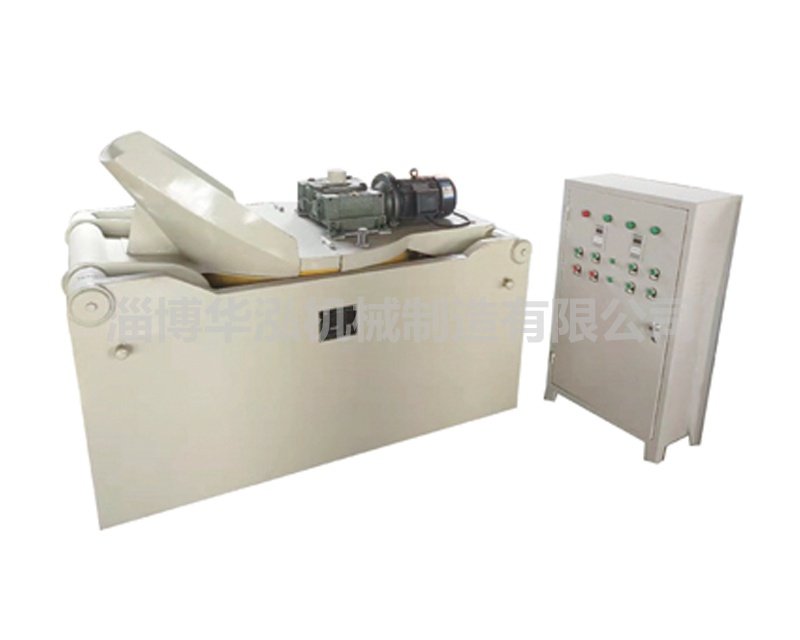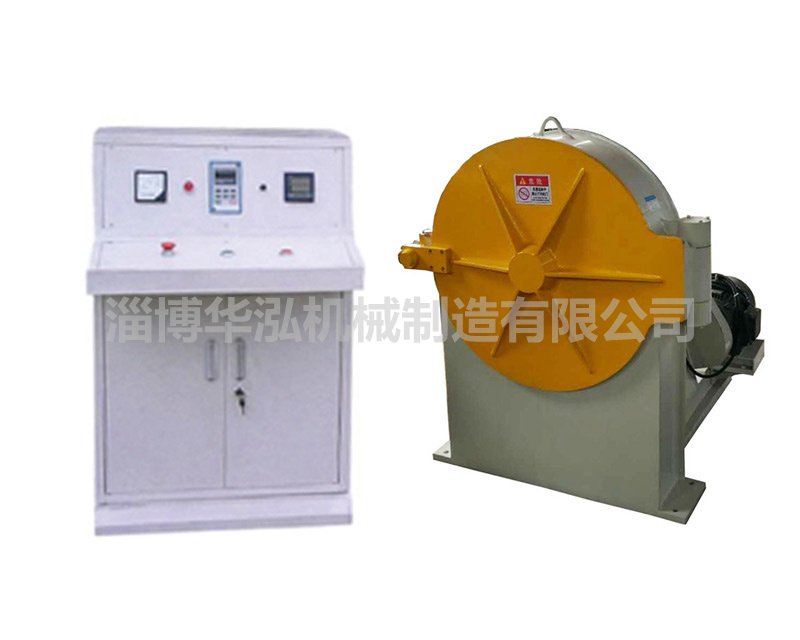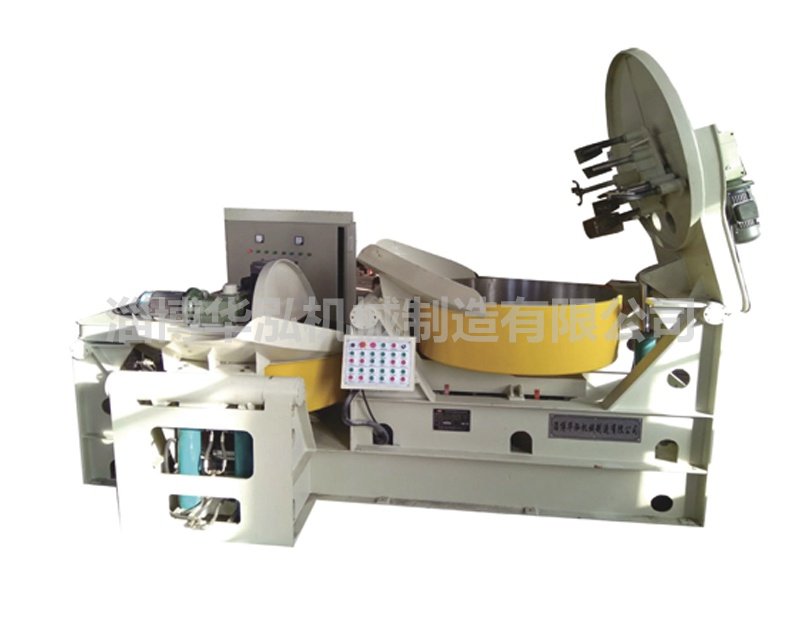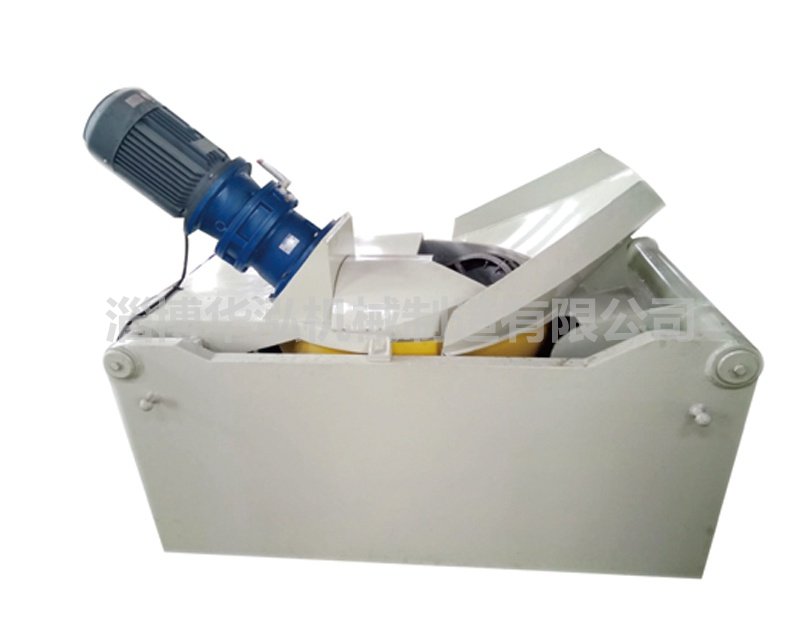Superhard wheel grinding requirements for grinding machines
Super hard wheel grinding, especially high speed grinding, requires good machining stability, low vibration and high linear speed. For example, the PLANOMAT series of surface and form grinding wheels shown on CIMT2001 have a working speed of 170m/s. Therefore, there is a requirement for grinding machine:
(1) Grinding wheel spindle should have high rotary accuracy.
(2) better rigidity of grinding machine, general requirements than ordinary grinding machine about 50% higher, usually should not be less than 100N/ m order of magnitude.
(3) The grinding machine feed system should have high precision, feed speed should be uniform and accurate, longitudinal feed minimum speed should be up to 0.3m/min, transverse feed (cutting depth) should be up to 0.001~0.002mm/ single stroke, in order to ensure the grinding dimension accuracy, geometric shape accuracy and surface roughness.
(4) Each moving parts of the grinding machine, such as the head frame spindle and bearing parts, feed motion guide parts and other parts should be reliable sealing, in order to prevent the super hard abrasive into, accelerate the wear of the parts.
(5) To have a relatively perfect grinding fluid filtration and supply system, the filtration accuracy should be less than 0.5 m.
(6) Each part of the grinding machine should have corresponding anti-vibration and vibration isolation measures, grinding wheel should be fine dynamic balance. 3.4 Dressing of super hard abrasive wheel
Dressing grinding wheel of super hard abrasive is usually divided into two procedures: shaping and sharpening. Shaping is to micro cut the grinding wheel to make it reach the required geometric shape and precision, and make the abrasive tip finely broken to form a micro blade; Sharpening is to remove the binding agent between the grinding particles, so that there is a certain amount of chip space between the grinding particles, and make the grinding particles stand out of the binding agent, forming a cutting edge.
For multi-pore ceramic bonded ultra-hard abrasive wheel (including diamond and CBN wheel), shaping and sharpening can usually be completed at one time due to the loose type of binder. And for the binder for the dense molding sand wheel (such as resin, metal binder), then shaping and sharpening respectively.
The most effective shaping tool for superhard abrasive wheel is diamond dressing tool. Due to wear of dressing tool, the precision of mold surface is often affected by single particle diamond dressing. If diamond wheel dressing is used, the dressing tool can be avoided to wear out too fast, and a better grinding wheel shape can be obtained. The feeding precision of dressing device should be high, and each feed should be controlled in micron level. Excessive dressing will not only affect the grinding quality, but also greatly reduce the service life of the grinding wheel.
There are many ways of sharpening, generally using mechanical method (such as corundum block cutting sharpening, hydraulic jet sharpening) or electrical machining method. The latter is mostly used in the grinding wheel of metal bonding agent. The grinding wheel is used as the anode to remove the metal bonding agent by electric spark or electrolysis. If graphite powder is added to the binder, this method is also suitable for resin and ceramic binder grinding wheels.
In recent years, a rotary diamond cup wheel dressing tool was developed in The University of Tokyo. The mechanism is to make use of the abrasive falling off from the cup wheel to punch the binding bridge between the super hard (diamond or CBN) abrasive grain and the binder, and to produce the squeezing and grinding effect between the abrasive falling off and the super hard wheel to achieve the purpose of dressing. Using this method, no matter for the multi-pore ceramic binder superhard grinding wheel or the dense sand wheel, the shaping and sharpening can be completed in one time. Meanwhile, due to the self-rotation of the cup wheel, the wear is very small, and the shaping force can be almost unchanged during the dressing process, and the value is much smaller than that when dressing with a single particle diamond dressing tool.
-

Tel:+86 0533-5331306
-

Tel:+86 13805331251 / +86 18660291081
-

Add:Zichuan District, Zibo City, Shandong Province
-

-
Quick search
Click Search to quickly search for the content you want
-
PRODUCT
Grinding wheel mixing equipment
Grinding wheel forming equipment
Grinding wheel processing equipment
Grinding wheel testing equipment
-
ABOUT
-
NEWS CENTER
-
Advantages introduced
-
Zibo Huahong Machinery Manufacturing Co., Ltd. Copyright © 20028522 all Rights Reserved Technical support:zbok



 :
:



